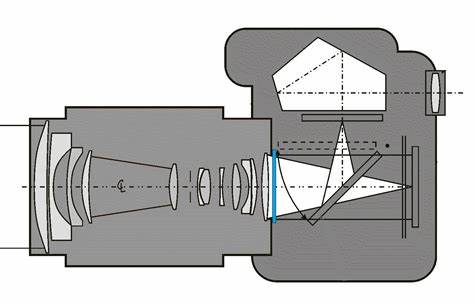The shutter is an essential part of the camera. Know what it is? How does it work? What types are there? In this article I tell you everything you need to know to understand how it affects your photographs.
And as always, I will do it in a very simple way and with examples, so that you can understand it without giving you a headache, no matter how technical it is.
WHAT IS A CAMERA SHUTTER?
The shutter is a camera device that controls the time that light reaches the sensor (or the film in the case of analog cameras).
Unlike the diaphragm, which is also related to the entry of light, it controls the intensity and the shutter the time. This time is called the shutter speed. We will talk in detail about this speed below.
In the following video you can see how a mechanical one works in a SLR camera at different speeds in slow motion:
WHAT IS THE SHUTTER FOR?
It serves to control the shutter speed or what is the same, determine the exposure time. Therefore, it is responsible for you being able to take photos like the following:
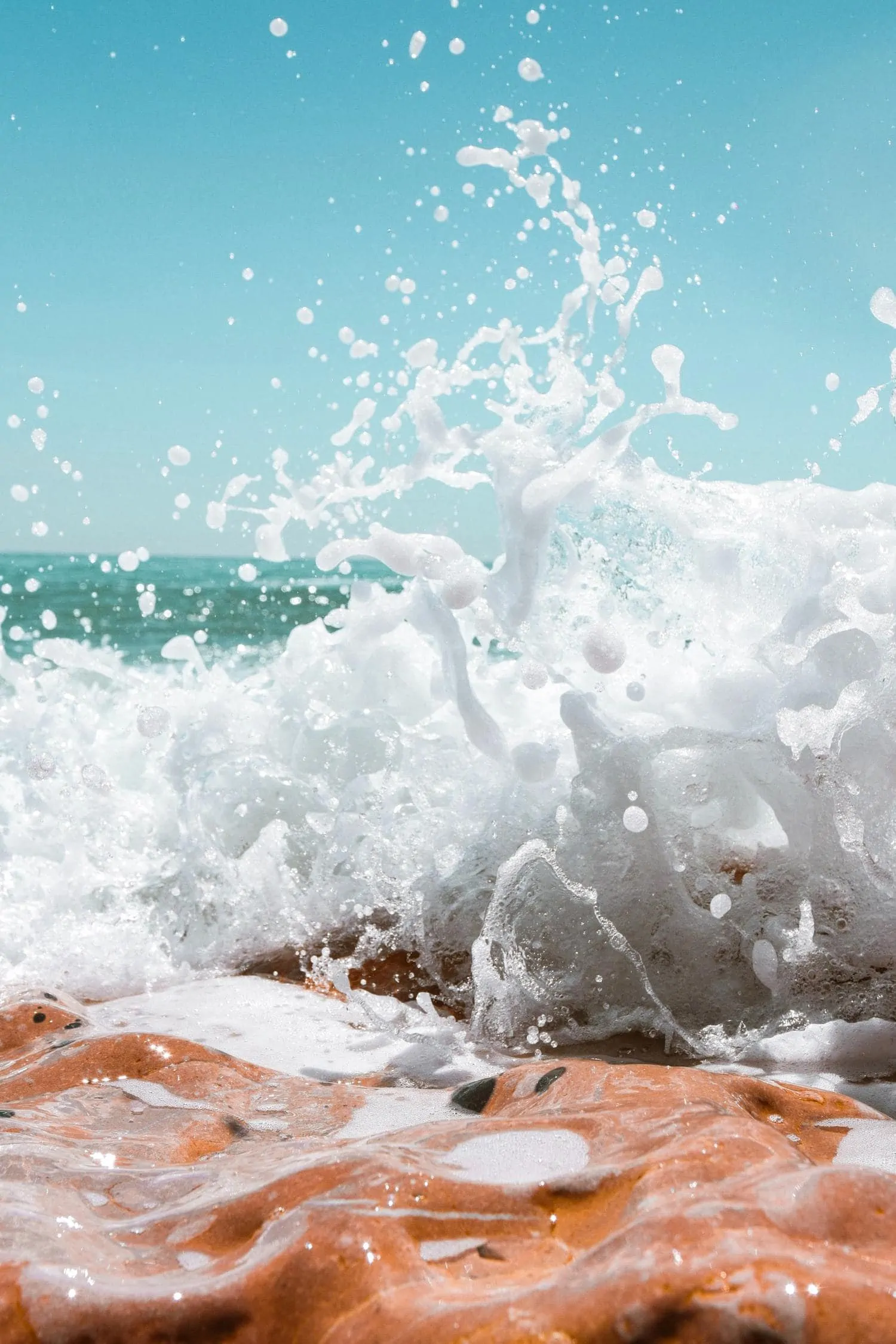
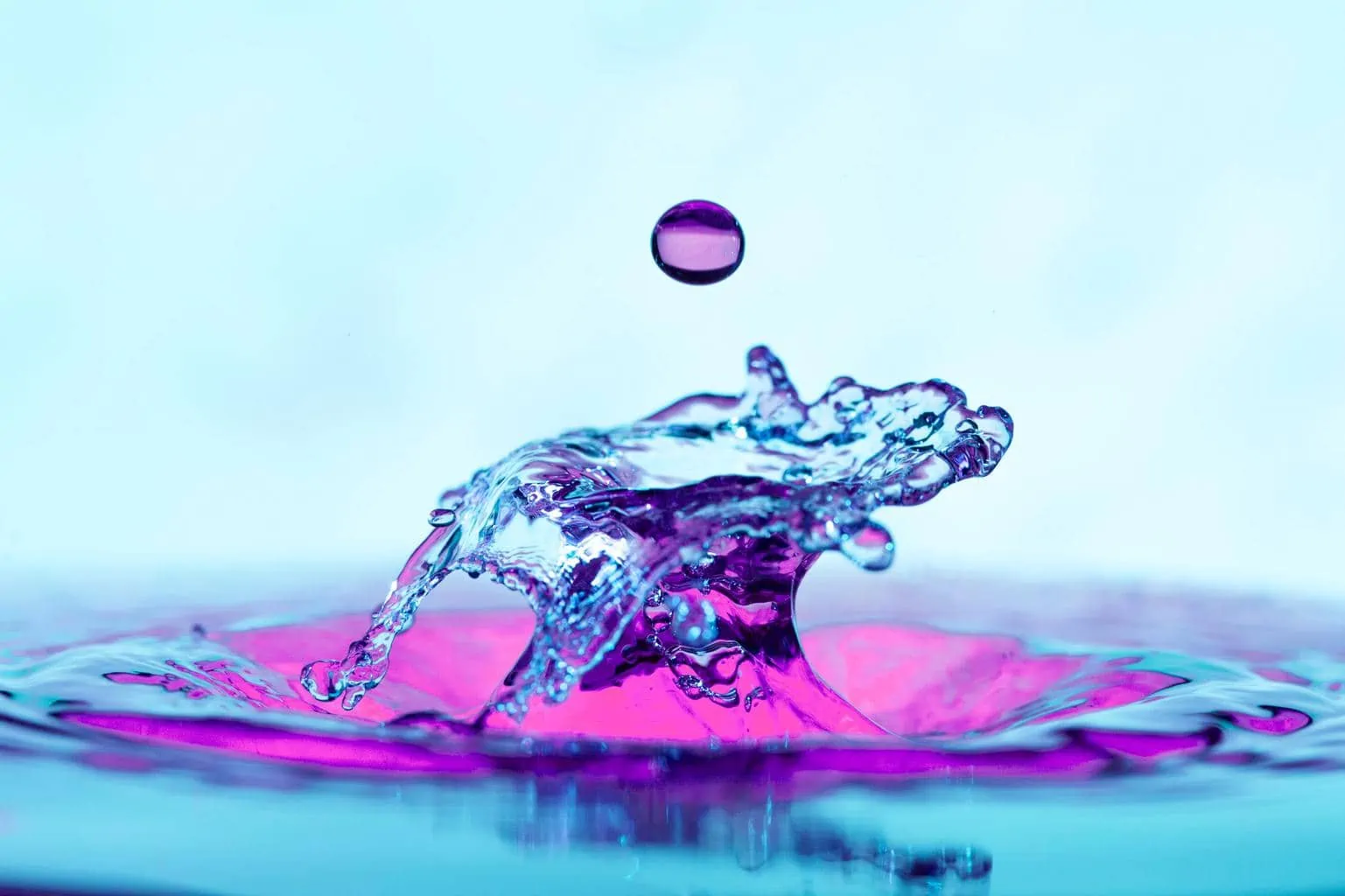
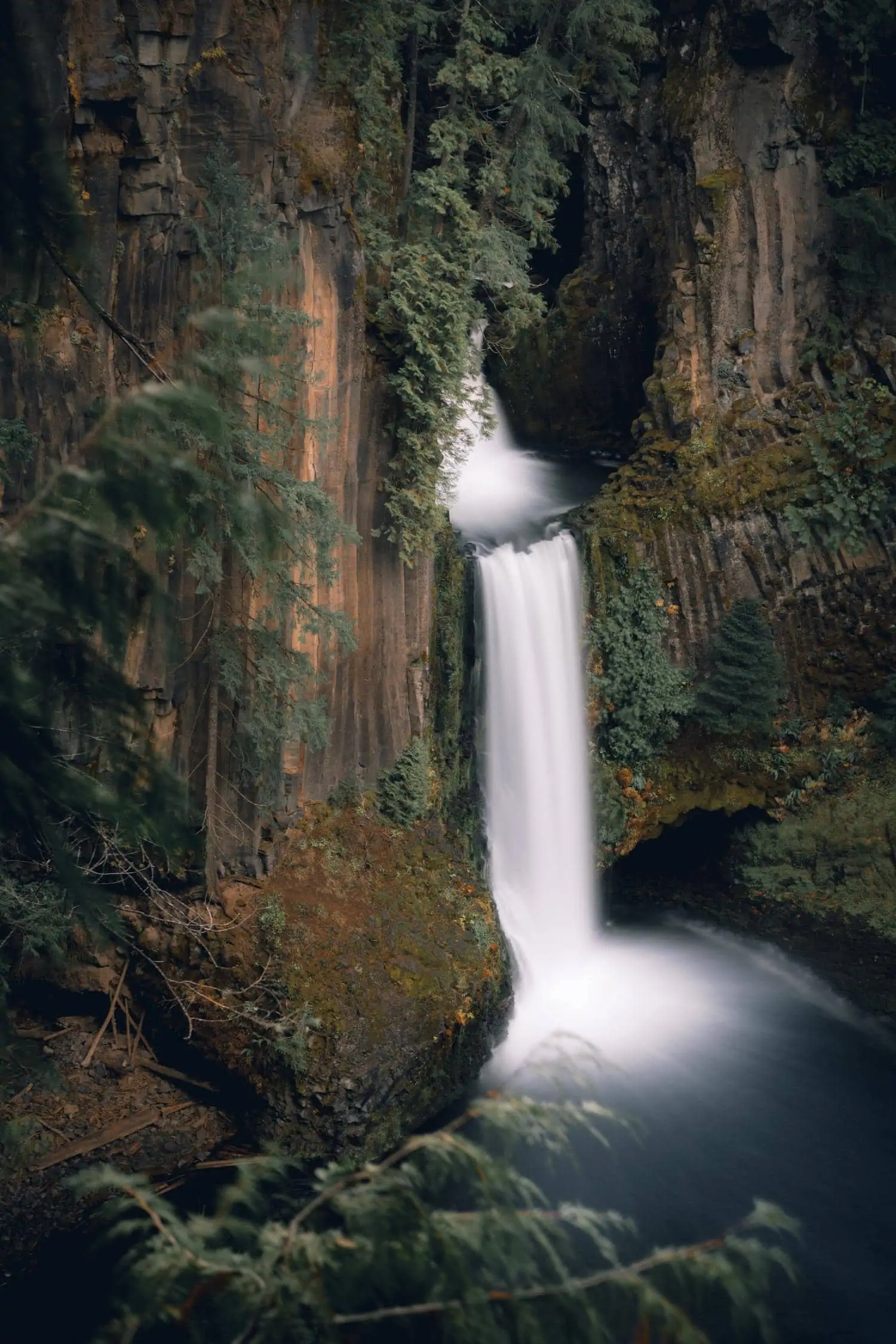
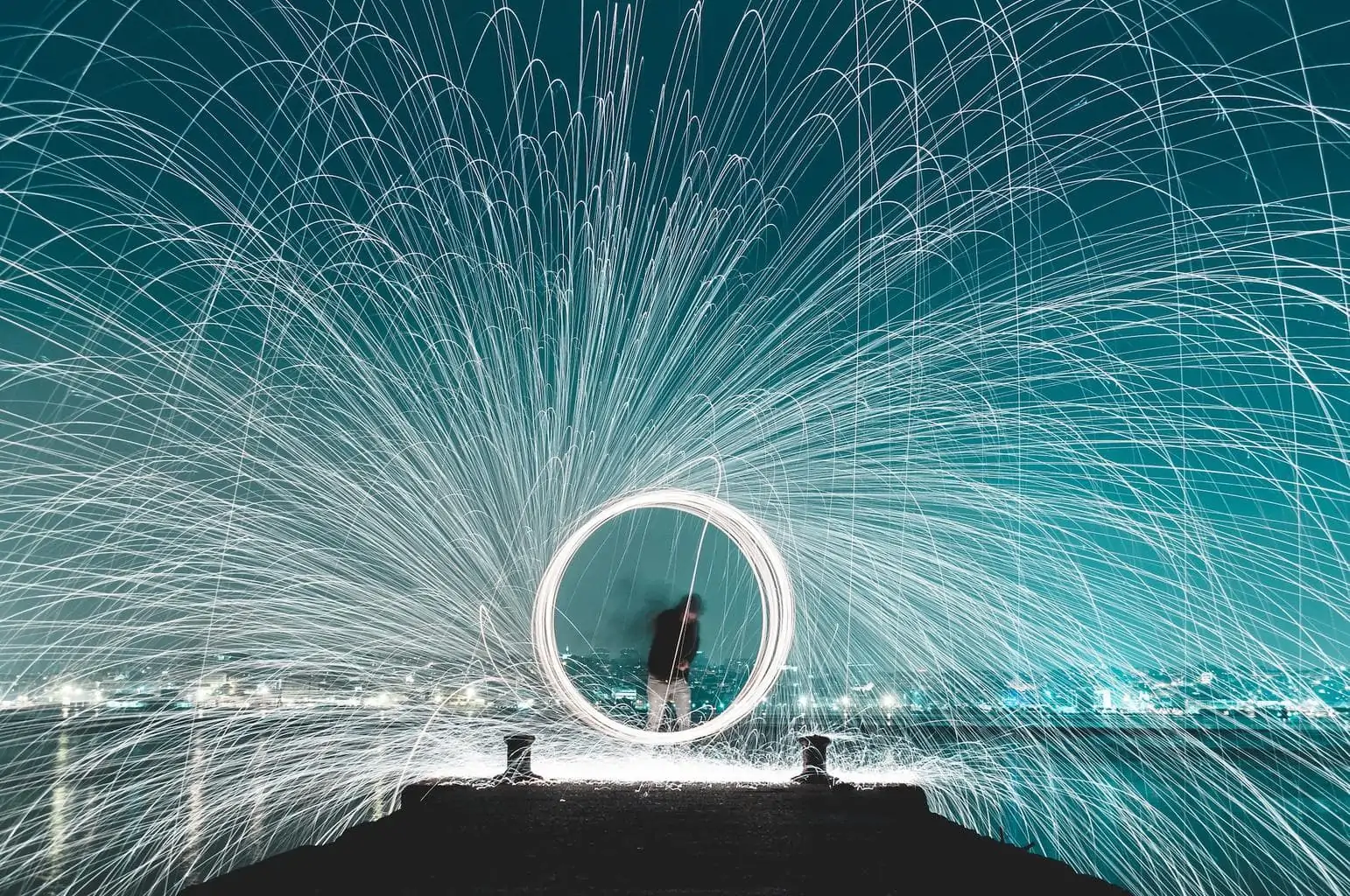
Interesting, right?
SHUTTER SPEED
Now let's see a little more in depth what shutter speed is , although in the link you have a very detailed article on the subject.
The longer the shutter is open, the more movement is reflected and the more light enters the sensor. The less time it is open, the more the scene freezes and the less light enters.
Below you can see the same scene taken at different shutter speeds, from left to right the shutter stays open less and less, so at faster speeds (right) the scene freezes. While at slower speeds (left) movement is captured.

- Slow shutter speed. The shutter is open longer. Normally in cameras, the maximum time is usually 30s, unless it has Bulb Mode that is controlled manually. With slow speeds or long exposure you can achieve, among others, these photographic techniques : silk effect , light painting , car trails , sweeps , star photography .
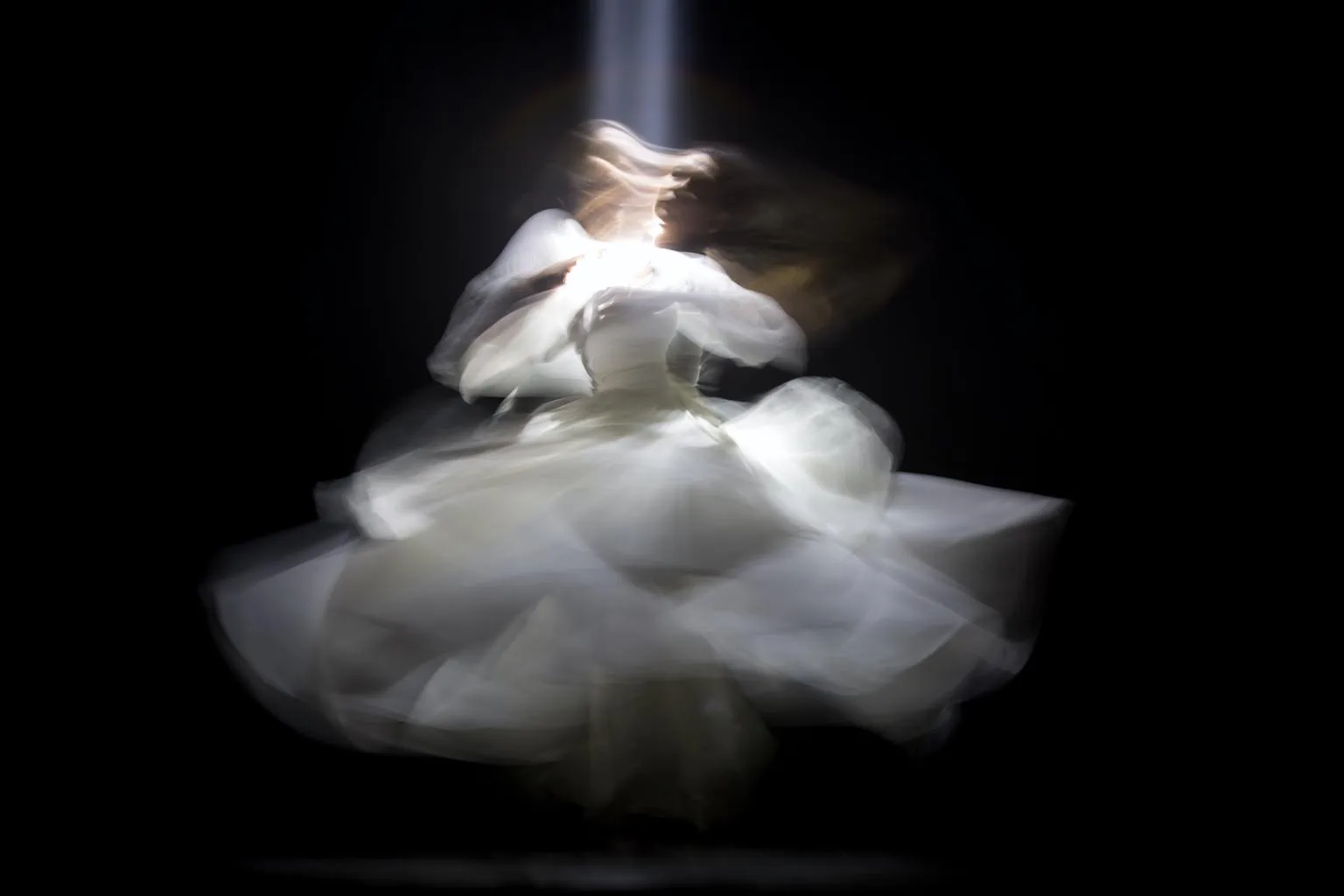
- Fast shutter speed. The shutter is open for a very short time, it is usually thousandths of a second. The fastest speeds are usually 1/4000s, although there are cameras that can photograph at 1/32000s and capture what the eye is not capable of seeing. With such short exposure times you can shoot splashes, a falling drop of water , jumps and any other scene where you want to freeze very fast movement.

HOW TO ADJUST THE SHUTTER SPEED?
There are two modes that allow you to control the shutter speed, you will find them on the mode dial of your camera:
- Manual mode (M). You determine both the aperture and the speed.
- Speed priority mode (S or Tv). With this semi-automatic mode, you set the shutter speed you want and the camera calculates the aperture so that the photo is correctly exposed.
On the contrary, if you are clear about the aperture you want but you are not sure what is the appropriate speed to expose correctly, it is advisable that you use the Aperture Priority Mode .
SHUTTER TYPES
There are different types, let's see what each of them consists of:
- Simple blade shutter. Primitive device that prevents light from passing through the lens until its aperture is activated, at which point the blades move to let light through for the required time, and then close again.
- Center shutter. Used in large format cameras and some medium ones such as Hasselblads, it is normally found on the lens and is made up of sheets with radial opening similar to those of a diaphragm. When activated, they move away from the center for the set exposure time and close again. There are mechanical and electronic. The advantage is that they can be synced at any speed with the flash, however the maximum shutter speed is usually no more than 1/500s.
- Focal plane shutter. Placed inside the camera, in front of the sensor, it is made up of (usually) two shutters, one that opens and one that closes, moving in the same direction.
HOW DOES THE FOCAL PLANE SHUTTER WORK?
Let's see how this shutter works, which is the most common:
- You press the fire button.
- Lower the first curtain and start exposure time.
- End of exposure, the second curtain is lowered, blocking the passage of light.
With slow shutter speeds, the second shutter doesn't move until the first shutter has completely finished its run. However, with fast exposure times (starting at approx. 1/250s) the second curtain starts moving before the first one has fully opened.
And this is what affects the flash , that's why you've ever heard of flash synchronization, or you've suffered from the dark band in the photo when using the external flash at high speeds.
MECHANICAL SHUTTER VS. ELECTRONIC
The shutter can be mechanical, like the ones we have just seen above, or electronic.
- mechanical shutter. Physical device normally composed of blinds that open and close.

- Electronic shutter. Technology that allows the light that arrives continuously on the sensor to be registered or not. Here there is no physical element that gets in the way, but rather the sensor is turned off or on to regulate this register of light and this process goes line by line from top to bottom, similar to how the mechanic works with his blinds.
- Global electronic ( global shutter ). It seems that it is the future since it exposes the entire sensor at once; although we mortals still cannot enjoy it.
| mechanical shutter | electronic shutter |
|---|---|
Faster flash sync speed |
|
Rotary shutter distortion reduction |
Faster recording speed |
 high manufacturing cost high manufacturing cost |
|
bands due to flickering light) |
|
Rolling shutter distortion |
The shutter on SLR cameras is mechanical, while mirrorless cameras include both types and you can choose which one you want to capture with. Although there are beginning to be mirrorless cameras that have eliminated the mechanical and only have the electronic.
WHEN TO USE THE MECHANICAL SHUTTER AND WHEN TO USE THE ELECTRONIC ONE?
The electronic shutter usually has more problems when working with high speeds and with artificial lights (such as fluorescents), in these cases it is preferable to use the mechanical one.
HOW TO SILENCE THE SHUTTER ON THE IPHONE?
Have you asked yourself this question before? Don't you want your smartphone to ring every time you take a photo? The solution is easy. Put it in silent mode and your mobile device will also become silent and you can take photos more discreetly.

